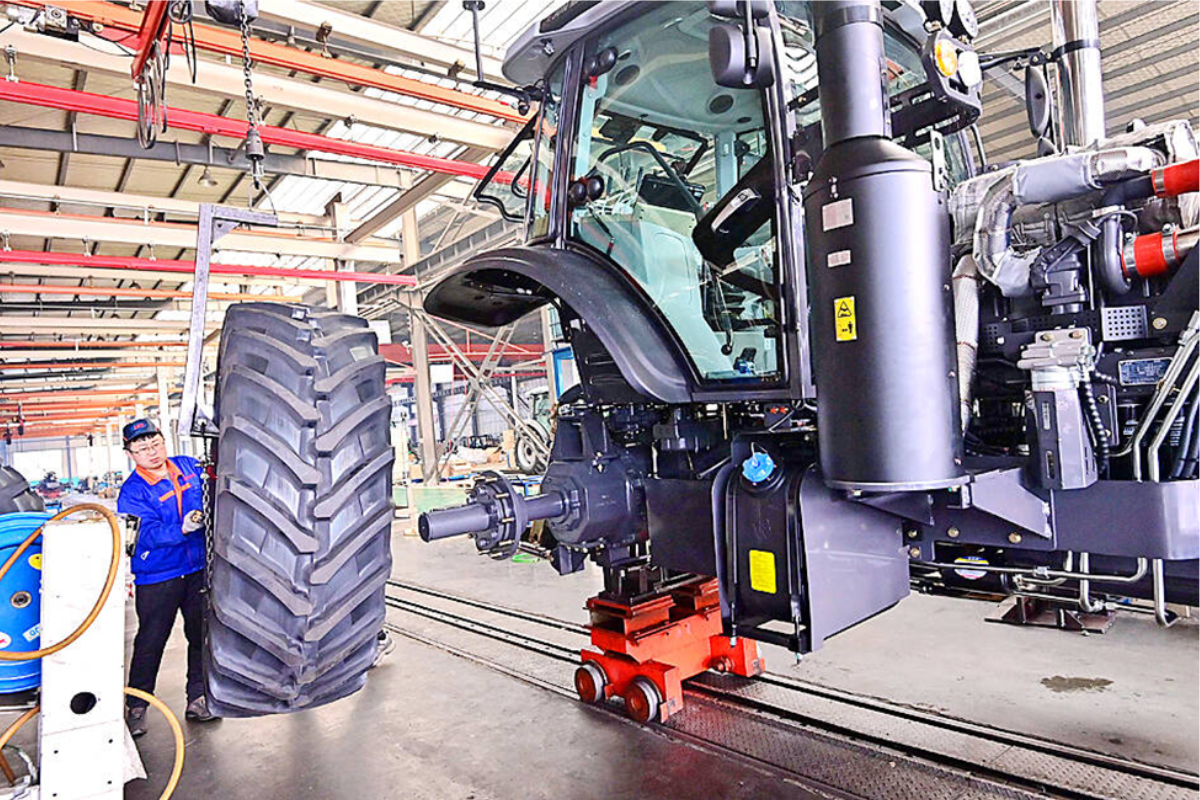China’s manufacturing sector contracted in January 2025, marking its first decline in four months. According to the National Bureau of Statistics (NBS), the official purchasing managers’ index (PMI) fell to 49.7 from 50.3 in December. A reading below 50 indicates contraction, signaling weaker demand and slowing economic momentum.
Experts link the decline to lower domestic and global demand post-holiday. Zhao Qinghe, an NBS official, stated, “Falling demand and slowing orders, especially in export sectors, have weighed on factory production.” This comes as policymakers face challenges balancing economic growth with ongoing global uncertainties.
New export orders, a key indicator of global demand, dropped for the third straight month. Zhao said the decline reflects “a cautious global economic environment where buyers remain hesitant.” Domestically, smaller firms struggled more, with many reporting reduced orders and rising costs.
The contraction comes despite China’s efforts to stabilize growth after lifting COVID-19 restrictions in late 2024. Government support measures, including tax relief and subsidies, have aimed to boost production and domestic consumption. However, results have been uneven, with private firms facing higher hurdles than larger state-owned enterprises.
Liu Zhenwei, an economist at the China Center for International Economic Exchanges, described the data as “a warning sign for policymakers.” He added, “While stimulus efforts have helped larger firms, smaller manufacturers need more targeted support to sustain operations.” Analysts warn prolonged weakness in manufacturing could drag down the broader economy in the coming months.
Non-manufacturing activity, which includes services and construction, also slowed in January, with the index falling to 52.1 from December’s 52.7. While still in growth territory, the drop highlights challenges in other sectors of the economy. After the holiday season, retail sales and consumer spending have not rebounded as quickly as expected.
The Chinese government is expected to announce further measures to address these issues before the March annual National People’s Congress. Economists suggest targeted tax cuts, more flexible lending policies, and improved infrastructure investments. “These measures could relieve struggling sectors and help stabilize growth,” Liu said.
China’s factory contraction comes as other major economies face similar challenges. The International Monetary Fund (IMF) recently lowered its global growth forecast 2025, citing inflation and geopolitical tensions. Analysts believe China’s performance will play a significant role in shaping international economic trends this year.
Despite challenges, officials remain cautiously optimistic about the year ahead. “We expect improvements in the second quarter as global demand stabilizes and government measures take effect,” Zhao said. However, uncertainties around global trade and domestic consumption remain key risks for China’s economic recovery.
This contraction highlights China’s balancing act between stabilizing short-term growth and addressing structural challenges. While the government prepares new policy measures, global observers will watch how China adapts to shifting economic conditions in the months ahead.




